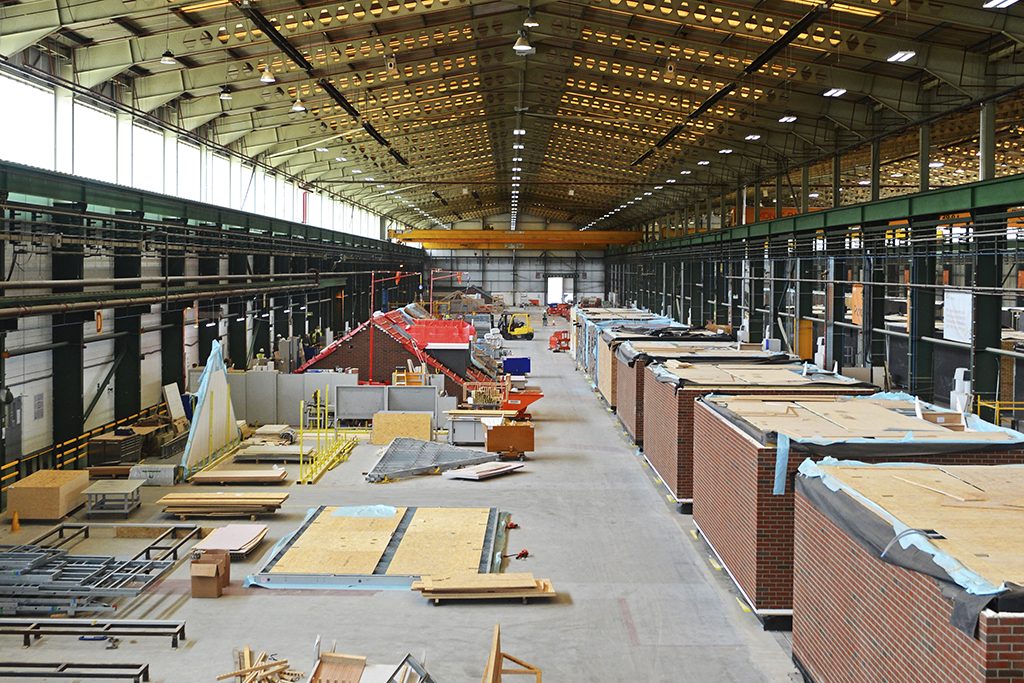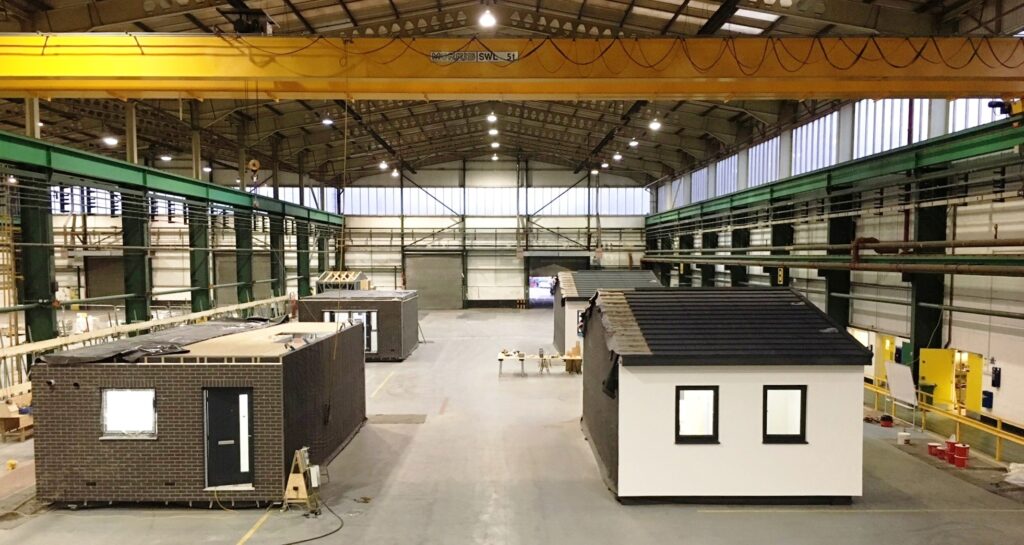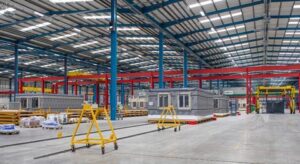Purchasing an operating modular home factory presents an enticing opportunity for savvy investors. This venture is not just about acquiring assets but about embracing a vision that could redefine your financial landscape. This guide is designed to make the path to making your investment not only sound but brilliantly successful.

.
Step 1: Checking the Financial Pulse
Just as a routine visit to the doctor can assure you of your good health, a thorough financial examination of your potential investment is crucial. This step is about understanding the economic vitality of the factory.
- Profitability Check: Delve into the profit and loss statements over the past three years. Is there a pattern of growth, or are there concerns that need addressing? This will give you a clear heartbeat of the factory’s financial health.
- The Financial Skeleton: The balance sheet reveals the factory’s structural integrity. How robust are the assets against the liabilities? This insight is crucial for gauging financial stability.
- The Cash Flow Breath: Cash flow statements are the respiratory system of the business, showing how money moves in and out. A steady flow is indicative of a healthy operation.
- Debt Diet: Examine the level and structure of debt. Sustainable debt contributes to growth, while excessive debt can strain the factory’s financial health.
Step 2: Market Muscles
Understanding the market dynamics and the factory’s position within the modular industry is like assessing an athlete’s competitive strength.
- Demand and Supply Gym: Engage in a thorough market analysis. The demand for modular homes, influenced by trends such as sustainability and affordability, could make your factory a key player.
- Business Model Diet: Is the factory’s business model designed for agility and scalability? This analysis will help you understand if the factory is prepared to adapt to market changes.
Step 3: The Efficiency Engine
The operational aspect of the factory is its engine. Here, you’re checking for performance, reliability, and efficiency.
- Production Power: Evaluate the machinery, technology, and workforce. The goal is to ensure that the factory can meet current and future demand without compromising on quality.
- Supply Chain Stamina: A resilient supply chain is vital for maintaining production without hiccups. Assess the strength and reliability of relationships with suppliers.
- Quality Control Checks: The reputation of your factory and its products hinges on quality. Ensure there are stringent quality control measures in place.
Step 4: Legal Labyrinth
Navigating through the legal requirements ensures your investment is protected and compliant.
- Permits and Paperwork: Confirm that all necessary permits and licenses are in order. This foundational step cannot be overlooked.
- Eco-Friendly Footprint: Environmental compliance is not just about avoiding fines; it’s about sustainability and corporate responsibility.
- Zoning and Location: The factory’s location should be legally sound for manufacturing and ideally positioned for logistics and distribution.
Step 5: Team Spirit
The core of any operation is its people. A motivated, skilled workforce underpins the factory’s success.
- Workforce Wisdom: Understand the team dynamics, skill levels, and morale. A dedicated and experienced team is indispensable.
- Labor Peace: Harmony in labor relations is critical for uninterrupted operations. Assess the history and current state of labor relations.
Step 6: Vetting: The Detective Work
This phase involves vetting every aspect of the factory to unearth any hidden issues and to confirm its true value.
- Call in the Experts: Engaging with financial advisors, legal experts, and industry consultants will provide a multi-dimensional understanding of the factory.
- Site Visits: Personal observations and interactions can reveal nuances that documents cannot. Inspect the facility, and engage with the team.
- Document Dive: A meticulous review of contracts, leases, and records is essential to uncover any potential liabilities.
- Negotiation Tactics: Armed with comprehensive insights, negotiate terms that reflect the factory’s true value and potential risks.
Step 7: Merging Worlds
Integrating the factory into your business portfolio is the final step toward realizing its potential.
- Integration Plan: Develop a strategy for technological, operational, and cultural integration. This plan should enhance efficiencies and align with your broader business objectives.
Purchasing a modular home factory is a strategic move that goes beyond mere financial investment. It’s about foreseeing the factory’s role in your business ecosystem, leveraging its operational strengths, and guiding it toward a profitable future. With this guide, your journey toward investing in a modular home factory is poised to be a well-informed and strategic endeavor, paving the way for substantial returns and long-term success.
.
CLICK HERE TO READ THE MARCH ISSUE
.
Gary Fleisher is a renowned blogger and commentator on construction and housing trends, known for his insightful analysis of the industry.























